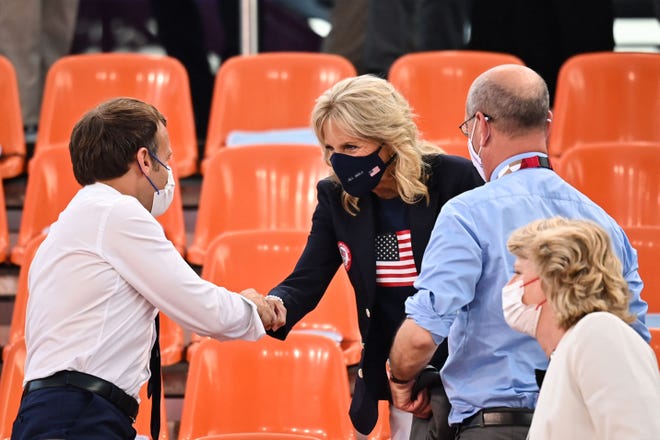
Former catcher Ray Fosse, who spent 12 years behind the plate for four teams but was perhaps best-known as a player for a vicious collision with Pete Rose in the 1970 All-Star Game, has died at the age of 74.
Fosse had been battling cancer for the past 16 years before passing away on Wednesday, his wife Carol announced on his website, RayFosse.com.
After his playing days ended, Fosse began a second career in broadcasting, serving as an analyst for Oakland A's games on TV and radio from 1986 until he stepped down this past August to focus on his cancer treatment and spending time with his family.

Fosse was the seventh overall pick in the 1965 draft by the Cleveland Indians, and he made his MLB debut in 1967 at the age of 20. He played for eight seasons in Cleveland, making the American League All-Star team and winning Gold Glove honors in 1970 and 1971.
He had his best season in 1970, hitting .307 with 18 home runs in 120 games. However, 16 of those home runs came before the All-Star Game, when Rose barreled into him in the bottom of the 12th inning to score the winning run.
"Even now as I watch the replay, I would not have changed my position in attempting to catch the ball and tag the runner, Pete Rose," he wrote on his website in chronicling the game.
"I was always told by my coaches to go to where the ball was thrown instead of standing on home plate. As I was waiting for the throw from Amos Otis with my arms extended, I was hit by Pete Rose. The impact of the collision was so hard that my catcher’s mitt left my hand, and the ball flew over my head. I never touched the baseball."

Fosse was taken to the hospital, but x-rays didn't indicate anything was broken. So he played the rest of the season despite being unable to lift his left arm above his head without pain.
X-rays the following spring revealed a fracture and separation in his left shoulder. Even though he made the All-Star team again the following season, he would never again be the same player.
In 1973, Fosse was traded to the Oakland A's, where he won back-to-back World Series rings. He returned to Cleveland in 1976, before concluding his career with brief stints in Seattle and Milwaukee.
He remained connected to the game after retirement as a broadcaster with his former team, the A's.
"He was the type of franchise icon who always made sure every player, coach, colleague and fan knew that they were part of the Oakland A's family," the team said in a tribute tweet. "We'll miss you, Ray."
Source link









